In the bustling realm of global finance, forex trading stands as a beacon of opportunity for those seeking to navigate the intricate pathways of currency exchange. At its core, forex trading revolves around the buying and selling of currencies on the foreign exchange market. This expansive marketplace operates around the clock, spanning continents and time zones, offering a gateway to financial exploration and potential prosperity. With its decentralized nature and accessibility to traders worldwide, forex trading emerges as a dynamic arena where fortunes are forged and strategies honed.
Within the forex trading landscape, currencies dance to the rhythms of supply and demand, influenced by an array of economic factors, geopolitical events, and market sentiment. Exchange rates serve as the compass guiding traders through the fluctuating currents of the market, dictating the value of one currency relative to another. Armed with knowledge and analysis, traders embark on a quest to decipher market trends, identify opportunities, and execute trades with precision. Through the lens of technical and fundamental analysis, they seek to unravel the intricate tapestry of price movements and chart their course amidst the ebb and flow of currency valuations.
Aspiring traders enter the realm of forex trading equipped with determination, curiosity, and a thirst for knowledge. Guided by seasoned mentors and educational resources, they delve into the fundamentals of trading, learning the ropes of leverage, margin trading, and risk management. Armed with demo accounts and real-world experience, they hone their skills, refine their strategies, and cultivate the discipline necessary for success in the fast-paced world of forex trading. With each trade executed and lesson learned, they inch closer to mastery, poised to seize the boundless opportunities that await in the ever-evolving landscape of global finance.
Table of Contents
1. Understanding the Forex Market
In the expansive realm of global finance, the forex market emerges as a bustling epicenter of economic activity, where currencies from around the world converge in a dynamic exchange of value. At its heart, the forex market serves as the primary arena for currency trading, facilitating the buying and selling of currencies by a myriad of participants, ranging from central banks and financial institutions to individual traders. Unlike traditional stock markets, the forex market operates 24 hours a day, five days a week, across different time zones, providing traders with unparalleled flexibility and opportunity.
Central to understanding the forex market is grasping the concept of currency pairs and exchange rates. Currency pairs represent the relationship between two currencies, with each pair denoting the value of one currency relative to another. For instance, the EUR/USD pair signifies the exchange rate between the Euro and the US Dollar. Exchange rates are influenced by a multitude of factors, including economic indicators, geopolitical events, central bank policies, and market sentiment. Traders meticulously analyze these variables to anticipate market movements and make informed trading decisions.
As traders delve deeper into the intricacies of the forex market, they uncover a world teeming with opportunity and complexity. Armed with knowledge and insight, they navigate through the ebbs and flows of currency valuations, seeking to capitalize on emerging trends and market dynamics. Through the lens of technical and fundamental analysis, they decipher the language of price charts and economic data, gaining a deeper understanding of the forces that drive currency movements. With each transaction executed and lesson learned, traders embark on a transformative journey of discovery and growth within the ever-evolving landscape of the forex market.
2. Key Players in Forex Trading
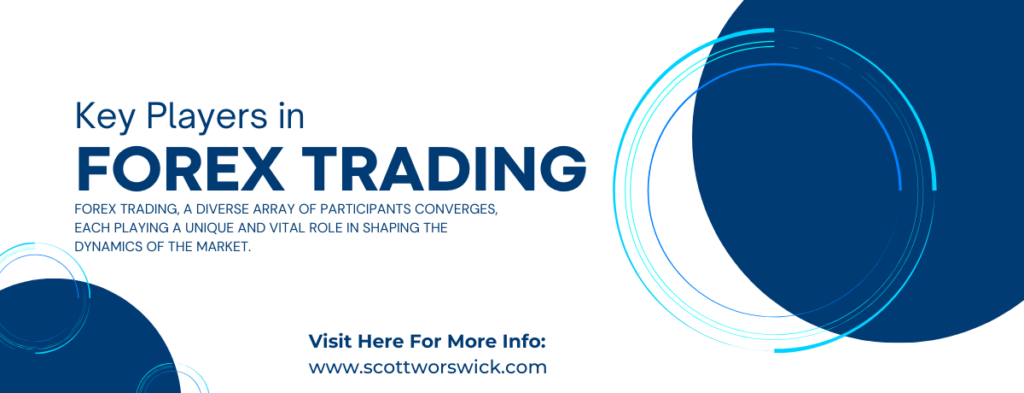
Within the realm of forex trading, a diverse array of participants converges, each playing a unique and vital role in shaping the dynamics of the market. At the forefront stand central banks, wielding immense influence through the implementation of monetary policies and interventions in currency markets. These financial giants, such as the Federal Reserve, the European Central Bank, and the Bank of Japan, work tirelessly to maintain stability and regulate the flow of capital within their respective economies, making them key players in the intricate dance of forex trading.
In addition to central banks, institutional players command a significant presence in the forex market, including commercial banks, hedge funds, and multinational corporations. These entities engage in forex trading to manage currency exposure, hedge against foreign exchange risk, and facilitate international trade and investment. With vast resources and expertise at their disposal, institutional traders wield considerable influence over currency valuations, contributing to the liquidity and efficiency of the forex market.
While central banks and institutions dominate the landscape, individual traders form the backbone of the forex market, bringing diversity and dynamism to the trading arena. Armed with determination and ingenuity, retail traders from around the world participate in forex trading, seeking to capitalize on market opportunities and profit from currency fluctuations. Through the use of online trading platforms and brokerage services, individual traders gain access to the global forex market, leveling the playing field and democratizing participation in this vast financial ecosystem.
As the forex market continues to evolve and expand, the interconnectedness of its participants grows stronger, forging a global network of economic activity and exchange. Across continents and time zones, traders, institutions, and central banks collaborate and compete in a ceaseless pursuit of opportunity and profit. In this interconnected world of forex trading, knowledge is power, and the ability to navigate the complexities of the market is paramount. With each transaction executed and lesson learned, participants contribute to the vibrancy and resilience of the forex market, shaping its future trajectory and unlocking new possibilities for growth and prosperity.
3. Currency Pairs and Exchange Rates
At the heart of the forex trading universe lie currency pairs, the fundamental building blocks that drive the dynamic exchange of value on the global stage. A currency pair represents the relationship between two currencies and is expressed as a combination of their respective symbols. For instance, the EUR/USD pair denotes the exchange rate between the Euro and the US Dollar. Understanding currency pairs is essential for forex traders, as they serve as the cornerstone of every trade, dictating the relative value of currencies and providing insight into market trends and dynamics.
Exchange rates, the numerical representation of the value of one currency in relation to another, lie at the heart of forex trading. These rates fluctuate constantly, driven by a myriad of factors including economic indicators, geopolitical events, central bank policies, and market sentiment. Traders closely monitor exchange rates, analyzing patterns and trends to identify opportunities for profit. By deciphering the language of exchange rates, forex traders gain valuable insights into the forces shaping the global economy and currency markets.
Currency pairs come in various shapes and sizes, each offering unique opportunities and challenges for forex traders. Major pairs, such as EUR/USD, GBP/USD, and USD/JPY, represent currencies from the world’s largest economies and typically exhibit high liquidity and trading volumes. Minor pairs, also known as cross-currency pairs, exclude the US Dollar and include currencies from smaller economies, offering diversification opportunities. Exotic pairs involve currencies from emerging or less liquid markets, presenting higher risks but potentially greater rewards for adventurous traders.
As forex traders navigate the vast terrain of currency pairs and exchange rates, they arm themselves with knowledge, analysis, and strategy to thrive in the dynamic world of forex trading. By understanding the intricacies of currency pairs and exchange rates, traders gain the tools and insights needed to make informed decisions and capitalize on market opportunities. With precision and insight, forex traders unlock the potential for profit and success in the ever-evolving landscape of the global currency markets.
4. Leverage and Margin Trading
In the realm of forex trading, leverage and margin trading stand as powerful tools that enable traders to amplify their potential profits and participate in larger positions with a fraction of the capital required. Leverage allows traders to control a larger position size than their initial investment, magnifying both gains and losses. By utilizing leverage, traders can maximize their exposure to currency movements and potentially enhance their returns. However, it’s crucial to exercise caution and implement effective risk management strategies, as leverage also increases the level of risk involved in forex trading.
Margin trading is the mechanism through which traders can access leverage in the forex market. When trading on margin, traders are required to deposit a certain percentage of the total trade value, known as the margin requirement, as collateral with their broker. This initial margin allows traders to control larger positions than their available capital would otherwise permit. Margin trading enables traders to amplify their purchasing power and engage in larger trades, thereby capitalizing on market opportunities and potentially increasing their profits. However, traders must remain vigilant and monitor their positions closely, as margin trading also exposes them to the risk of margin calls and potential losses exceeding their initial investment.
While leverage and margin trading can significantly enhance the profit potential in forex trading, they also introduce additional risks that traders must navigate with care. Effective risk management is essential for protecting capital and ensuring long-term success in the forex market. Traders can mitigate risks associated with leverage and margin trading by implementing strategies such as setting stop-loss orders, diversifying their trades, using appropriate position sizing, and maintaining sufficient margin levels to withstand market fluctuations. By empowering themselves with sound risk management practices, traders can harness the power of leverage and margin trading while safeguarding their investment capital in the dynamic world of forex trading.
5. Market Hours and Sessions
Understanding the intricacies of market hours and sessions is paramount for success in forex trading, as the timing of trades can significantly impact trading outcomes. The forex market operates around the clock, five days a week, across different time zones, allowing traders to participate in currency exchange at any hour of the day or night. However, the market is not uniformly active throughout the entire 24-hour period, as trading activity tends to peak during specific sessions when major financial centers are open.
Forex trading is segmented into four major trading sessions, each corresponding to the opening hours of key financial centers around the world. These sessions include the Sydney session, the Tokyo session, the London session, and the New York session. Each session has its unique characteristics, with overlapping periods offering increased liquidity and volatility. For instance, the London-New York overlap is known for its high trading volume and price movement, presenting prime opportunities for traders to capitalize on market fluctuations.
As forex trading spans multiple time zones, traders have the flexibility to participate in the market during sessions that align with their schedule and trading preferences. Whether it’s early morning in Asia, midday in Europe, or late evening in North America, the forex market offers ample opportunities for traders to engage in currency exchange and capitalize on price movements. By understanding the timing of market sessions and adjusting their trading strategies accordingly, traders can optimize their trading activities and maximize their potential for success in the dynamic world of forex trading.
6. Factors Influencing Currency Prices
Currency prices in the forex trading arena are subject to the influence of a myriad of factors, each exerting its unique impact on the delicate balance of supply and demand. Economic indicators play a pivotal role in shaping currency valuations, with metrics such as GDP growth, employment figures, inflation rates, and interest rates serving as barometers of a country’s economic health. Traders keenly analyze these indicators to gauge the strength of an economy and anticipate potential shifts in currency prices, positioning themselves strategically to capitalize on emerging trends.
In addition to economic factors, geopolitical events and market sentiment also wield considerable influence over currency prices in the forex trading landscape. Political instability, geopolitical tensions, and diplomatic developments can create volatility in currency markets, as investors react to changing geopolitical landscapes and assess the associated risks. Moreover, market sentiment, driven by investor perception and sentiment, can exacerbate currency fluctuations, amplifying the impact of news and events on currency prices. Traders must remain vigilant and stay attuned to geopolitical developments and market sentiment to navigate the terrain of forex trading successfully.
With a nuanced understanding of the factors influencing currency prices, forex traders can harness insight and analysis to make informed trading decisions and capitalize on market opportunities. By conducting thorough research, staying abreast of economic news and developments, and employing technical and fundamental analysis techniques, traders can gain a competitive edge in the dynamic world of forex trading. Armed with knowledge and foresight, traders can navigate the complexities of currency markets with confidence, adapting their strategies to changing market conditions and positioning themselves strategically to achieve their trading objectives.
7. Types of Analysis in Forex Trading
In the dynamic world of forex trading, traders employ a variety of analytical techniques to gain insights into market trends and make informed decisions. Technical analysis stands as a cornerstone of forex trading, focusing on the study of historical price data, chart patterns, and technical indicators to identify potential entry and exit points. By analyzing price movements and patterns, technical analysts aim to forecast future price movements and capitalize on emerging trends in the forex market.
Fundamental analysis serves as another essential tool in the forex trader’s arsenal, delving into the economic, political, and social factors that influence currency prices. By examining economic indicators, central bank policies, geopolitical events, and market sentiment, fundamental analysts seek to gauge the intrinsic value of currencies and identify potential catalysts for price movements. By combining technical and fundamental analysis, traders can gain a comprehensive understanding of market dynamics and make well-rounded trading decisions in the ever-evolving landscape of forex trading.
As traders navigate the complexities of forex trading, they often blend various analytical approaches to develop robust trading strategies that suit their trading style and objectives. Whether utilizing technical indicators to identify entry and exit points or analyzing economic data to gauge market sentiment, traders harness the power of analysis to gain a competitive edge in the forex market. By continually refining their analytical skills and adapting to changing market conditions, traders position themselves for success in the dynamic and rewarding world of forex trading.
8. Choosing a Forex Broker
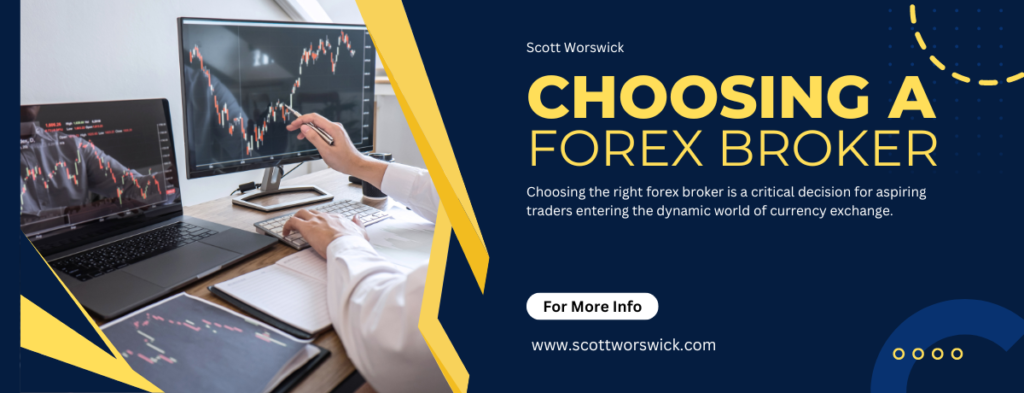
Choosing the right forex broker is a critical decision for aspiring traders entering the dynamic world of currency exchange. With a plethora of options available, selecting a broker that aligns with your trading needs and preferences is paramount to success in forex trading. Key factors to consider include regulatory compliance, trading platforms, execution speed, spreads, commissions, customer support, and educational resources. By conducting thorough research and due diligence, traders can find a reputable broker that provides the necessary tools and support to navigate the intricacies of forex trading effectively.
Regulatory compliance is a crucial aspect to consider when selecting a forex broker, as it ensures the safety and security of your funds and trading activities. Reputable brokers are licensed and regulated by recognized authorities such as the Financial Conduct Authority (FCA), the Cyprus Securities and Exchange Commission (CySEC), or the Australian Securities and Investments Commission (ASIC). These regulatory bodies enforce strict standards and guidelines to protect traders and maintain the integrity of the forex market. By choosing a regulated broker, traders can trade with confidence, knowing that their interests are safeguarded in the fast-paced environment of forex trading.
In addition to regulatory compliance, traders should seek brokers that offer robust trading platforms, reliable execution, competitive spreads, and comprehensive customer support. A user-friendly and intuitive trading platform is essential for executing trades quickly and efficiently, while reliable execution ensures that orders are executed promptly at the desired price. Moreover, access to educational resources such as tutorials, webinars, and market analysis can empower traders with the knowledge and skills needed to succeed in forex trading. By choosing a broker that prioritizes trader support and education, traders can embark on their forex trading journey with confidence and competence.
9. Risk Management Strategies
In the high-stakes arena of forex trading, implementing effective risk management strategies is essential to safeguarding your capital and achieving long-term success. One of the most fundamental risk management techniques is setting stop-loss orders, which allow traders to define their maximum acceptable loss on a trade. By setting stop-loss levels based on technical analysis or predetermined risk-reward ratios, traders can limit potential losses and protect their investment capital in the volatile world of forex trading.
Diversification and proper position sizing are also key components of a robust risk management strategy in forex trading. Rather than placing all your capital into a single trade, diversifying your portfolio across multiple currency pairs and asset classes can help spread risk and minimize exposure to any single market movement. Additionally, determining the appropriate position size for each trade based on your risk tolerance and account size is crucial for managing risk effectively. By adhering to sound position sizing principles, traders can mitigate the impact of adverse market movements and preserve their trading capital in the face of uncertainty.
Finally, a commitment to continuous learning and adaptation is paramount for successful risk management in forex trading. As market conditions evolve and new challenges arise, traders must remain vigilant and flexible in their approach. This entails staying abreast of market developments, refining trading strategies based on past experiences, and adapting to changing market dynamics. By embracing a mindset of lifelong learning and adapting their risk management strategies accordingly, traders can navigate the unpredictable waters of forex trading with confidence and resilience.
10. Demo Trading and Education
Before venturing into the exhilarating world of forex trading, aspiring traders are encouraged to embark on a journey of discovery through demo trading and education. Demo trading offers a risk-free environment for traders to hone their skills, familiarize themselves with trading platforms, and test various strategies without risking real capital. By utilizing a demo account, traders can gain practical experience in executing trades, analyzing market trends, and managing risk, laying a solid foundation for their journey into the dynamic realm of forex trading.
In addition to demo trading, ongoing education serves as a cornerstone of success in forex trading. Through a wealth of educational resources such as books, online courses, webinars, and forums, traders can expand their knowledge, refine their skills, and stay abreast of the latest market developments. Education empowers traders with the tools and insight needed to navigate the complexities of the forex market, from understanding fundamental and technical analysis to implementing effective risk management strategies. By investing in their education, traders can embark on their forex trading journey with confidence and competence.
As traders immerse themselves in demo trading and education, they embark on a transformative journey toward trading mastery in the dynamic world of forex. Through continuous learning, practice, and adaptation, traders refine their strategies, cultivate discipline, and develop the resilience needed to thrive in the face of adversity. Armed with practical experience and theoretical knowledge, traders can navigate the unpredictable waters of the forex market with confidence and poise, seizing opportunities and overcoming challenges on their path to trading success.
Conclusion
As we draw our journey through the basics and fundamentals of forex trading to a close, it becomes evident that this dynamic realm offers boundless opportunities for financial exploration and growth. Armed with an understanding of currency pairs, exchange rates, and market hours, traders can navigate the intricate pathways of the forex market with confidence and clarity. By harnessing the power of leverage, margin trading, and risk management strategies, traders can amplify their potential for profit while safeguarding their investment capital in the face of market volatility.
Yet, the journey into forex trading is not merely about seizing opportunities for profit; it is also a journey of continual learning and adaptation. Through demo trading and ongoing education, traders can refine their skills, expand their knowledge, and stay ahead of the curve in a constantly evolving market landscape. By embracing a mindset of curiosity, resilience, and continuous improvement, traders can navigate the twists and turns of the forex market with agility and confidence, positioning themselves for long-term success and prosperity.
In conclusion, forex trading represents not only a financial endeavor but also a path toward personal and professional growth. By mastering the basics and fundamentals of forex trading and embracing a commitment to lifelong learning and adaptation, traders can embark on a transformative journey toward trading mastery. As they navigate the complexities of the forex market with skill and determination, traders unlock the potential to achieve their financial goals and chart a course toward a future filled with opportunity and possibility.

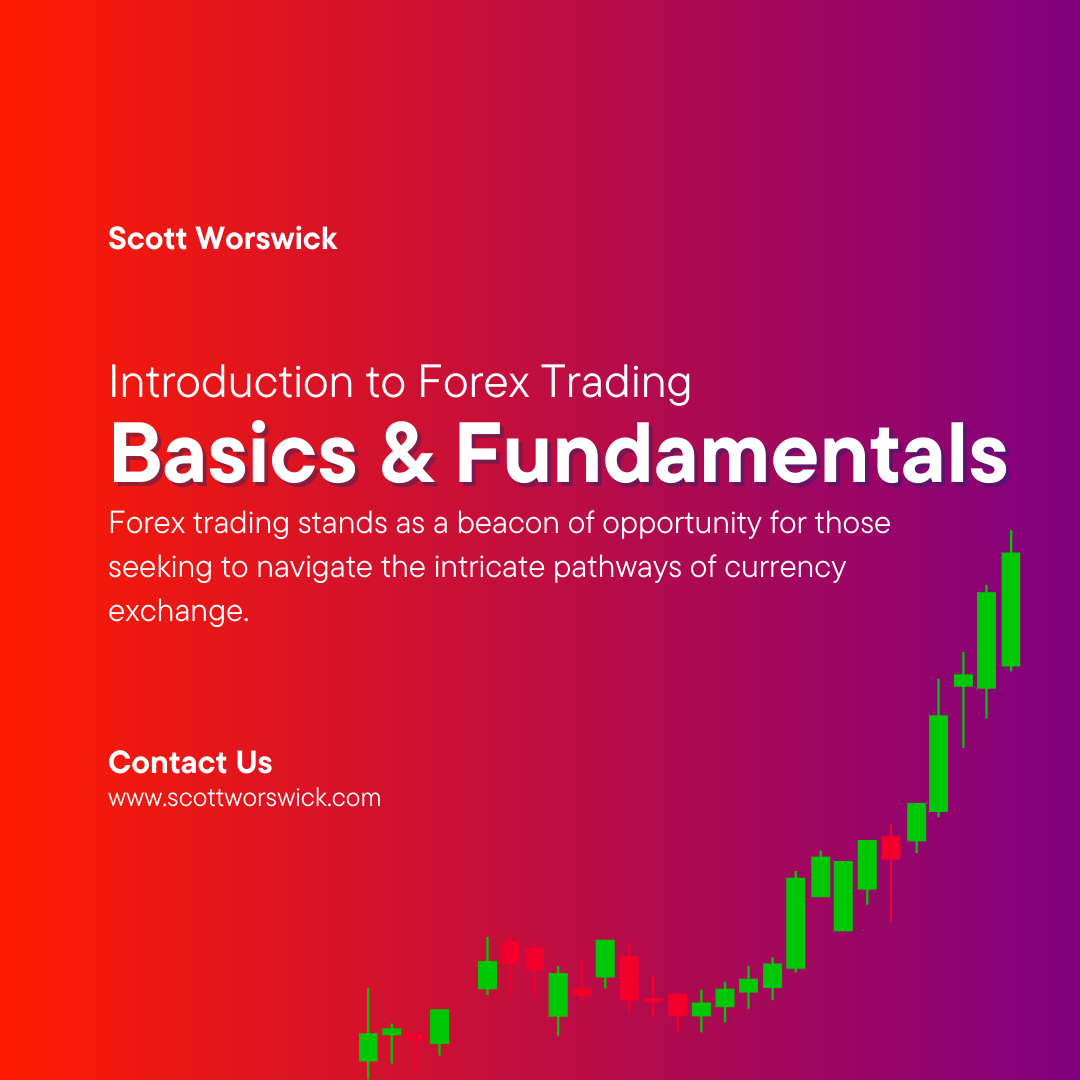
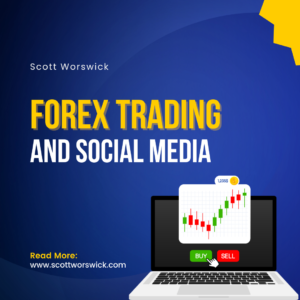
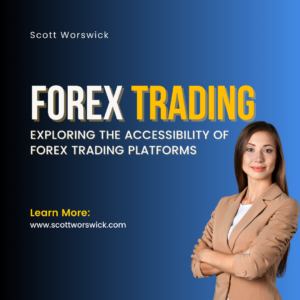
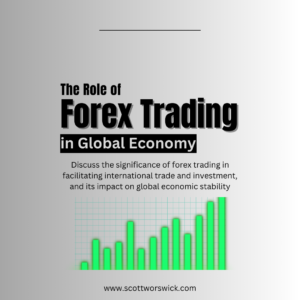
Pingback: Understanding Currency Pairs in Forex Trading -
Pingback: Understanding Currency Pairs in Forex Trading – INFINITY DOWNLINE BUILDER